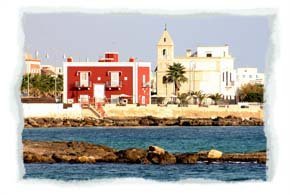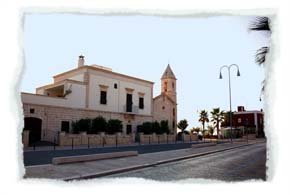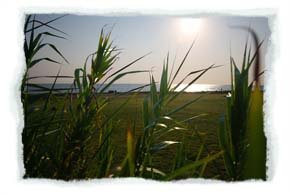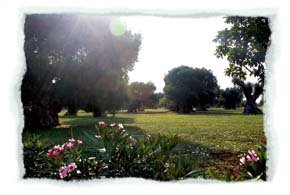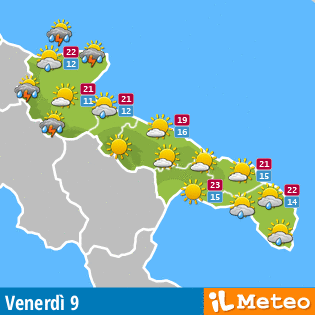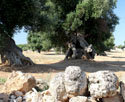Savelletri
Info Savelletri.
-
Region:
Provincie:
Municipality:
CAP:
Area code:
Surface:
Population:
city hall:
-
Apulia
Brindisi
Fasano
72015
080
131,72 Kmq
39.431
Piazza Ciaia 23
Savelletri, a little maritime village
It is a little maritime village with beautiful crystal clear waters, on the coast road between Monopoli and Fasano; it is well known thanks to its sandy beaches with alternate rocky areas. Savelletri is also famous for its marine: in its port it is possible to moor nearly 300 boats.
Along the coast road we find a lot of restaurants, where it is possible to eat fresh fish caught by the local boats and cooked according to traditional Apulian recipes.

